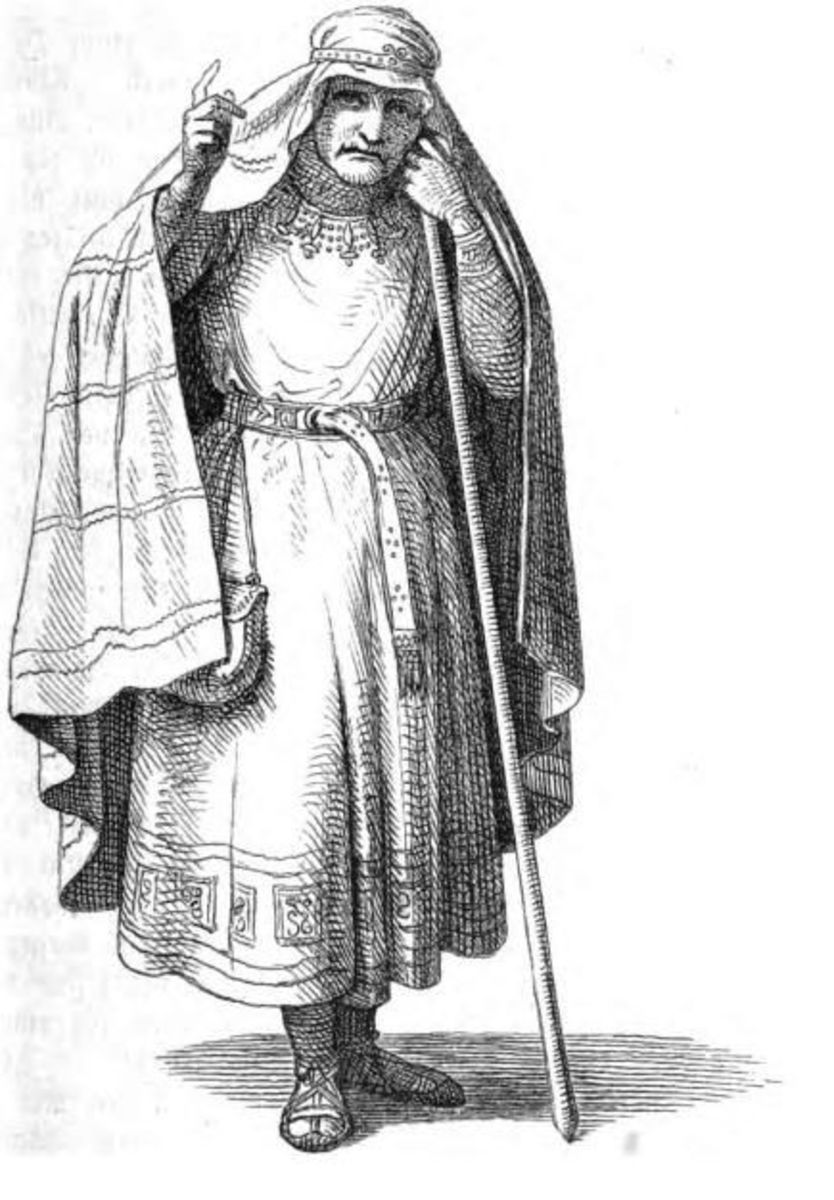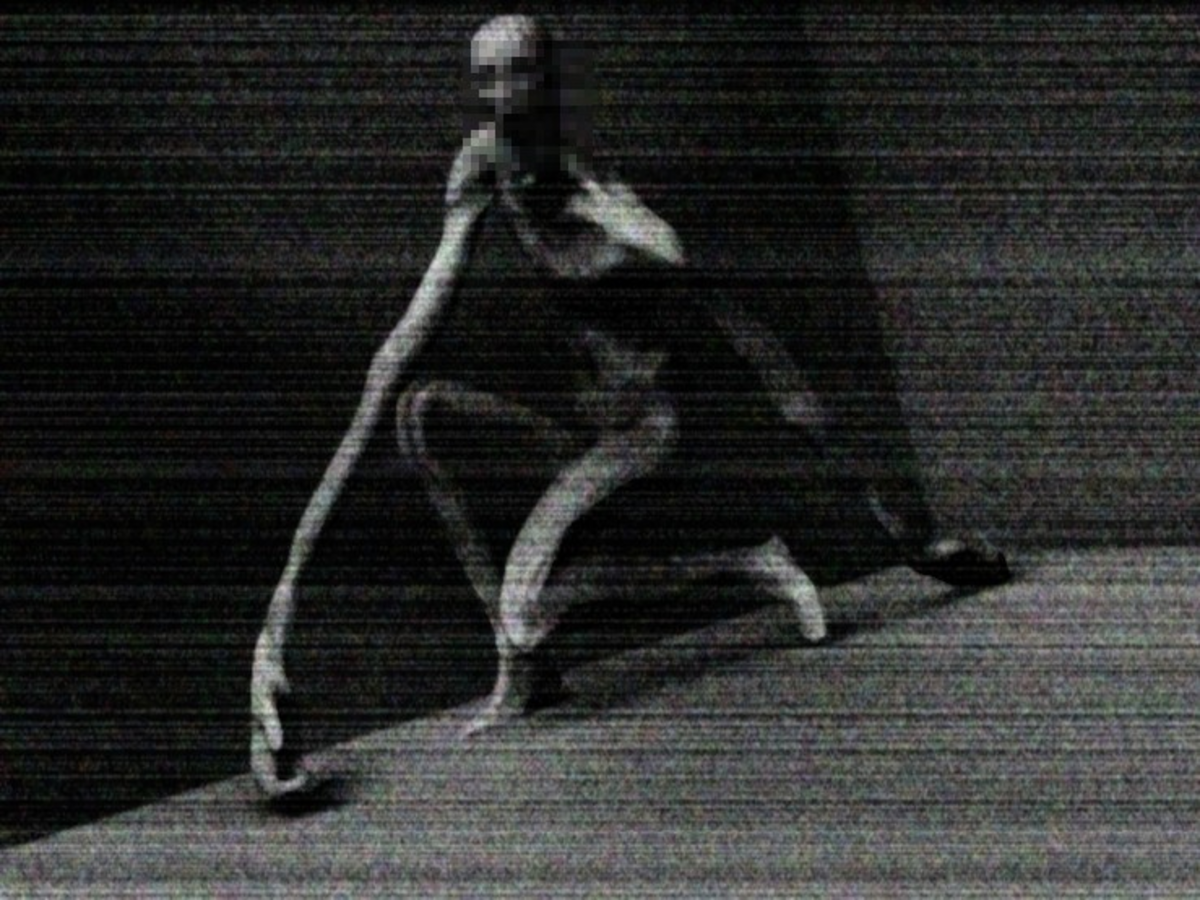The Mythical Grim Reaper


According to William Bramley’s book, Gods of Eden, a group of fearful looking men, if they were men, suddenly appeared in Brandenburg, Germany, sometime in the 14th century. The locals described them as best as they could, considering the era. They reported these “men” were carrying what looked to be long scythes and were attempting to cut a field of oats. But, the oats remained standing and the combined sound of their scythes could be heard from far off. Shortly thereafter, there was a severe outbreak of the Black Plague.
Similar sightings were also reported in other European communities with the same results. They were described as, "Strange men in black, demons, and other terrifying figures, carrying brooms, scythes or swords.” No satisfactory explanation was ever forthcoming. Some believe these reports were the beginnings of our modern Grim Reaper image.
Different cultures have their own version of where this mythological figure originated. But, the most widely accepted version is the skeletal figure in a black robe wielding a scythe and carrying an hour glass. Many researchers claim the basis for such a character actually originated in ancient times with the Greeks and Romans. Greeks knew him as Cronos, meaning "time," the father of Zeus. The Romans called him Saturn.
The modern day Grim Reaper image can be traced directly to the Middle Ages and Black Plague. This skeletal figure cloaked in black, flowing robes, became the personification of death. The scythe was adopted as the weapon which would mow down his victims as if they were grain in a field. And so, many pieces of art of the times depicted death in this fashion. The figure still appears in many works today.
Cronos-Original Bronze Sculpture

The Black Death spread to Europe between 1347 and 1350 and killed about one third of the population. Most history books teach it was overcrowding in rat infested cities that caused the epidemic. Other sources, point to extraterrestrial activity as the cause, such as that described in Bramley’s book. These sources claim not all outbreaks of the , Black Death, also known as the Bubonic Plague, involved rats or were even situated in urban areas. Sometimes it struck isolated rural areas where no one had any contact with the disease.
There were also tales of foul smelling mists and bright lights in the skies immediately preceding the outbreaks. Not only did these mists appear to issue forth from the strange lights, but they killed people, trees and other living things. Whether or not any of these accounts are true is anyone’s guess. There does seem to be serious lack of convincing evidence.
Actually, the Greeks had two different views on the Grim Reaper. One tells of the mythical god Thanatos whose twin brother was Hypnos, the god of sleep. Thanatos accompanied souls to Hades, the Greek underworld. He would then pass them on to the ferryman at the river Styx which separated the world of the living from the dead.
The other relates the story of Cronos, the son of Greek gods, Uranus and Gaia. According to the legend, Cronos was forced back into his mother's womb by his fathr, Uranus, along with his other siblings. He feared losing his position to his children. But Gaia had given her son a sickle to escape from her womb. Cronos Used the sickle to castrate his father. Many believe this sickle is what later prompted the specter’s scythe.

There are similar accounts in other cultures. Japanese folklore depicts the reaper as ruler of the underworld. Slavic people portray the reaper as a woman dressed in white. She carries a small green immortal sprout. Those who come in contact with it, fall into a never ending sleep.
Conversely, no matter how one envisions the Grim Reaper the mythical being has come to be an inspiration for storytellers, cartoonists and the likes. Therefore, the image doesn’t inspire the same level of fear or superstitions it once did. However, it still symbolizes death as in the case of the Grim Reaper Society, which uses it to highlight the number of tobacco related deaths. Others use the title indiscriminately, for instance giving the name to a popular cocktail, a crossword puzzle and even a small breaching tool utilized mostly by the military.





